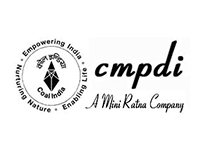Tender Process Outline
Outline of the steps involved in the tendering process: Identify the need for goods or services, Develop the tender document, Issue the tender, Review and evaluate bids, Select a vendor, Award the contract, and Deliver the goods or services.

A tender is a formal request for proposals or bids to supply goods or services. The process of issuing a tender is often used by organizations to select a vendor for a specific project or product.
Here is an outline of the steps involved in the tendering process:
-
Identify the need for goods or services: The organization determines that it needs to purchase certain goods or services to fulfill a specific requirement.
-
Develop the tender document: The organization prepares a detailed document outlining the requirements for the goods or services, including specifications, delivery schedules, and any other relevant information.
-
Issue the tender: The organization invites potential vendors to submit proposals or bids to supply the goods or services. This is usually done through an advertisement in a trade publication or on the organization's website.
-
Review and evaluate bids: The organization reviews and evaluates the bids received in response to the tender. This may involve reviewing the technical capabilities of the vendors, as well as their pricing and delivery schedules.
-
Select a vendor: The organization selects a vendor based on the evaluation of the bids and negotiates a contract with the chosen vendor.
-
Award the contract: The organization awards the contract to the selected vendor and communicates the decision to all bidders.
-
Deliver the goods or services: The selected vendor supplies the goods or services as outlined in the contract.
It is important for the organization issuing the tender to be transparent and fair in the selection process, and for vendors to carefully review the requirements and submit accurate and competitive bids.


